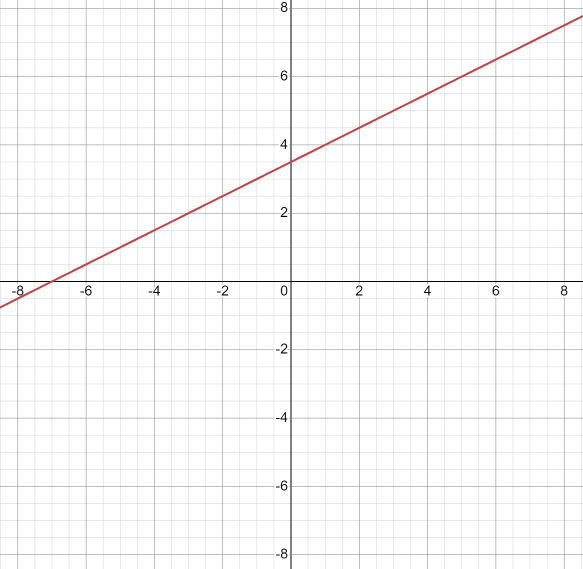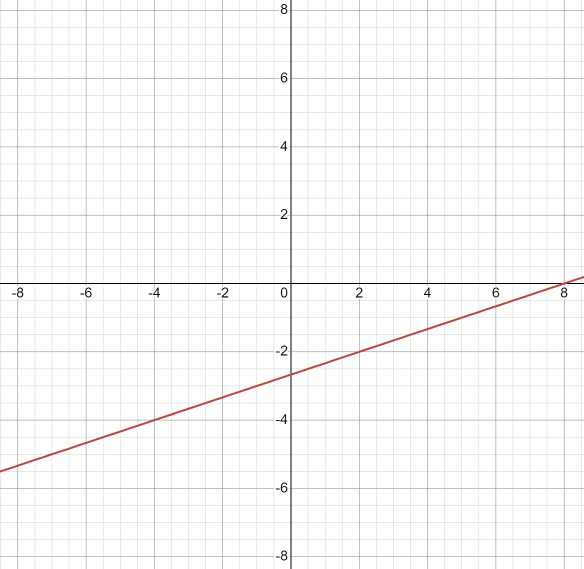How to Graph an Equation in Point-Slope Form?
We can easily graph the line in point-slope form with the slope of the line and a point on the line. In this step-by-step guide, you will learn how to graph a line in point-slope form.

Related Topics
A step-by-step guide to graph an equation in point-slope form
If only one point and the slope of the line are used to represent the equation of the line, its general form can be defined as \(y-y_1=m(x-x_1)\). In this case, m is the slope of the line, and \((y_1, x_1)\) is a point on the line whose coordinates are known. This form of line representation is called slope point form. To easily draw an equation in the form of a point-slope, do the following steps:
- Check the equation carefully so that it is exactly the same as the point-slope form. If there is no subtraction operation on each side of the equation, you must rewrite the equation.
- Find a point on the line (for example \((y_1, x_1)\)) and the slope of the line. Use the \(m=\frac{change\:in\:y}{change\:in\:x}=\frac{rise}{run}\) formula to find the slope of the line.
- Find the point on the graph. According to the slope you obtained, find the second point. By connecting these two points, draw the graph of the point-slope form equation.
Graphing an Equation in Point-Slope Form– Example 1:
Graph the following line: \(y-2=\frac{1}{2}(x+3)\)
Solution:
First, check the point-slope form equation. If one side of the equation doesn’t use the subtraction operation, you should rewrite it with the subtraction sign: \(y-2=\frac{1}{2}(x+3)\)\(→y-2=\frac{1}{2}(x-(-3))\). Find a random point on the straight line and the slope of the line. You can use the point that is used in the formula: \((y_1, x_1)→(-3, 2)\).
The slope is \(\frac{1}{2}\). Use the random point and the value of slope to graph the line: find the point \((-3, 2)\) on the coordinate plane. The slope is \(\frac{1}{2}\). So, move up \(1\) unit and right \(2\) units to find the other point on the straight line: \((-1, 3)\). Connect these two points and graph the line.

Exercises for Graphing an Equation in Point-Slope Form
Graph the following line.
- \(\color{blue}{y+2=\frac{1}{4}(x-2)}\)


Related to This Article
More math articles
- 7th Grade MCAS Math Worksheets: FREE & Printable
- How to Study Math Like a Pro
- 6 Best Pre-Algebra Study Guides
- How to Identify an Outlier
- Top 10 Tips to Create a TABE Math Study Plan
- How to Use Matrices to Represent Data
- The Ultimate 8th Grade STAAR Math Course (+FREE Worksheets)
- 3rd Grade K-PREP Math Worksheets: FREE & Printable
- 3rd Grade IAR Math FREE Sample Practice Questions
- 4th Grade FSA Math Worksheets: FREE & Printable



















What people say about "How to Graph an Equation in Point-Slope Form? - Effortless Math: We Help Students Learn to LOVE Mathematics"?
No one replied yet.